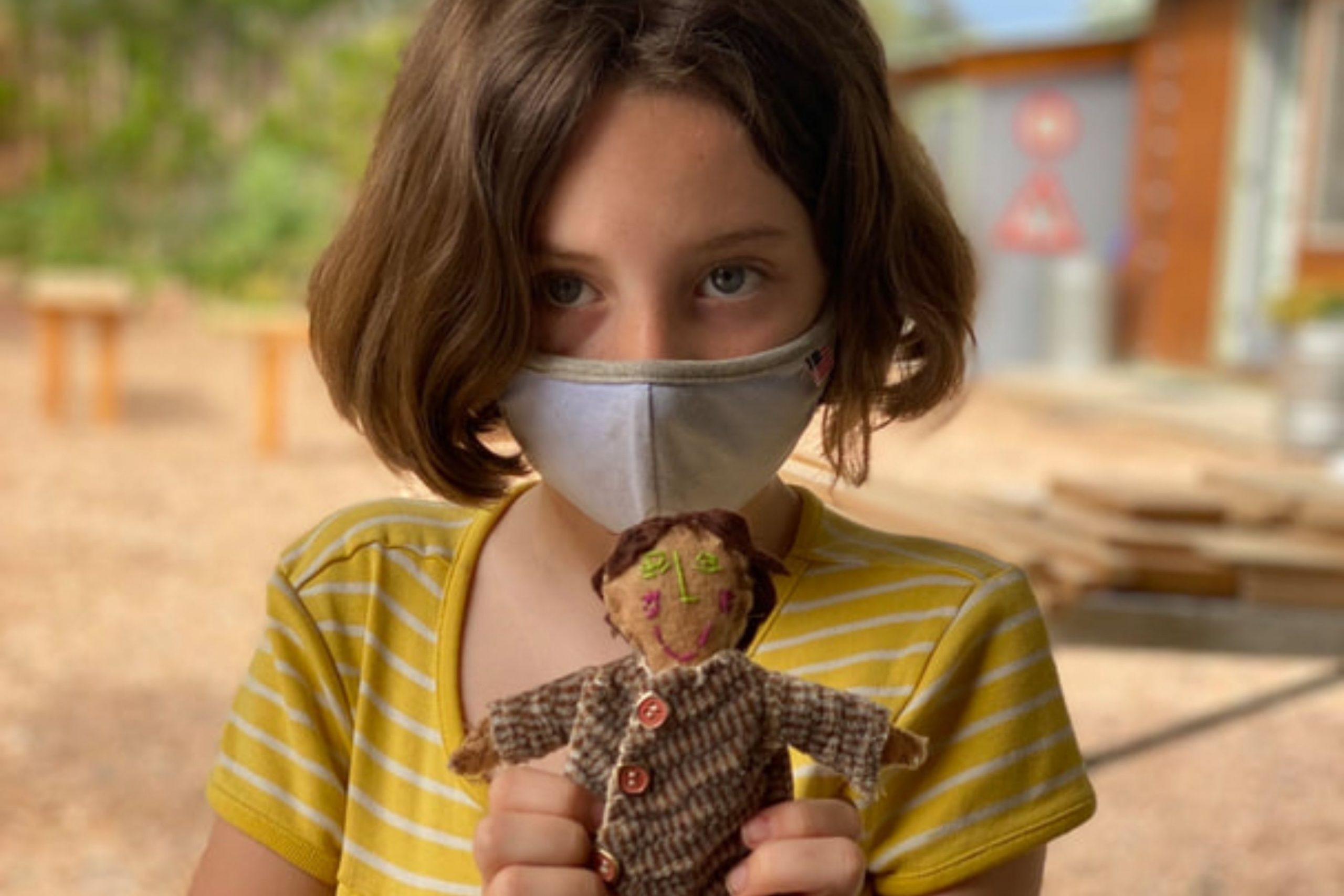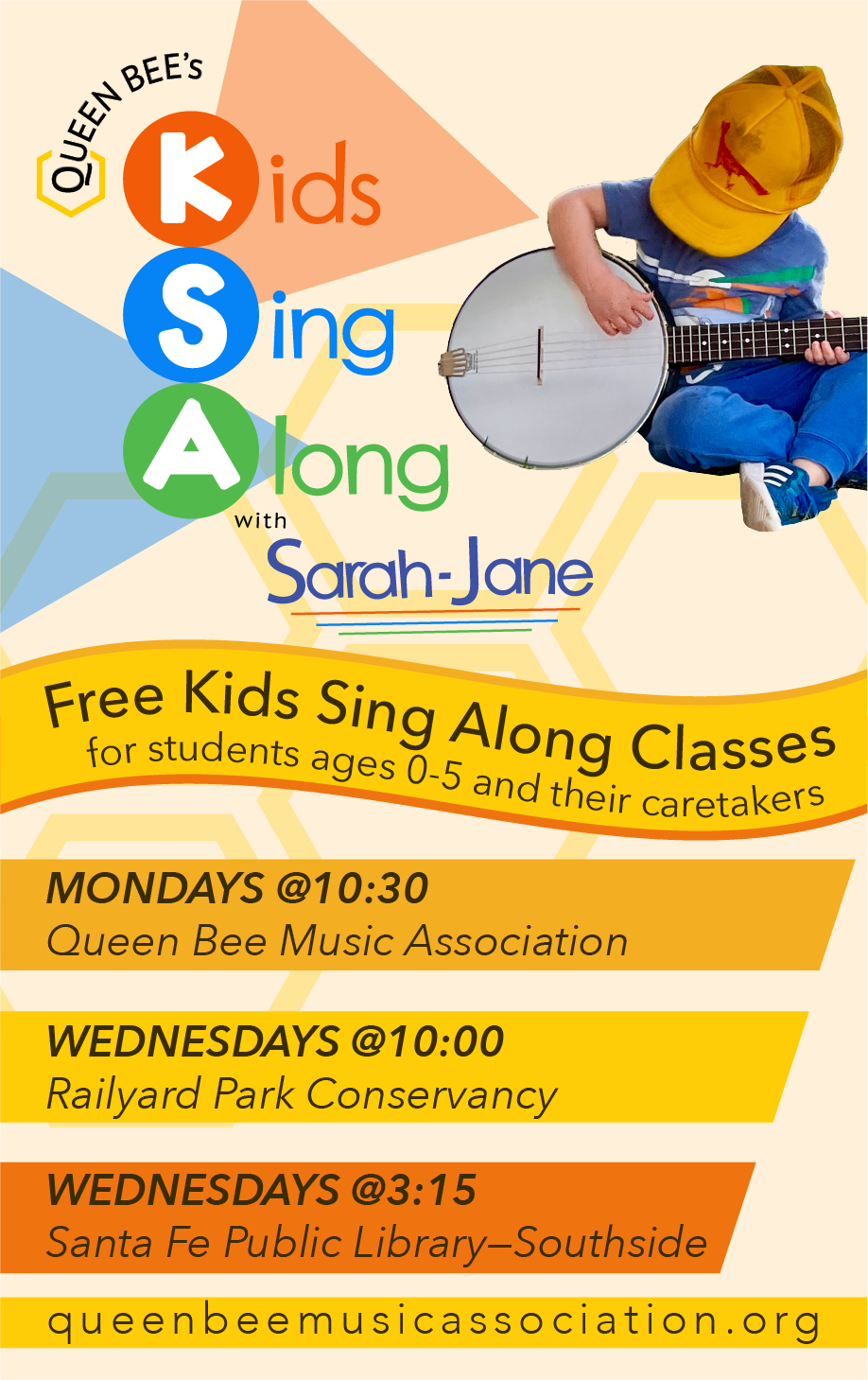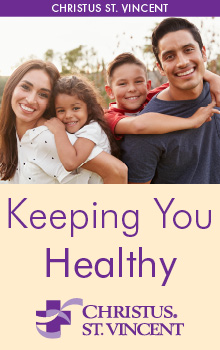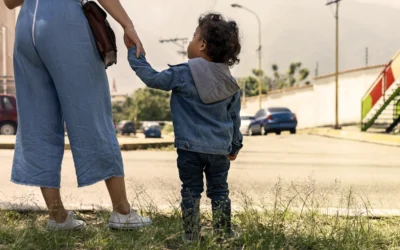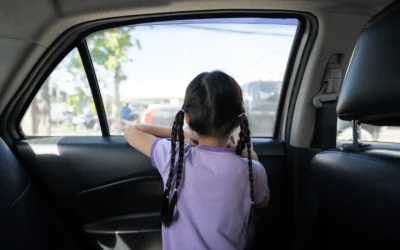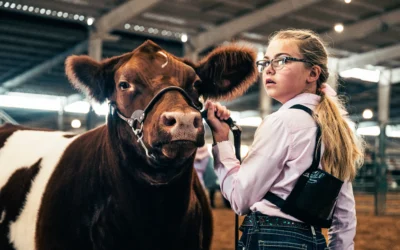Babies, Kids and COVID-19
The latest on what we know.
In these times of “science by press release” and what many are now calling vaccine apartheid, wherein the richest countries are far and away getting COVID-19 vaccines first, it can be difficult to sort through all the available information.
Here’s the latest on four important issues: mother-infant transmission, children and vaccines, school openings, and what to do if someone close to you has COVID-19.
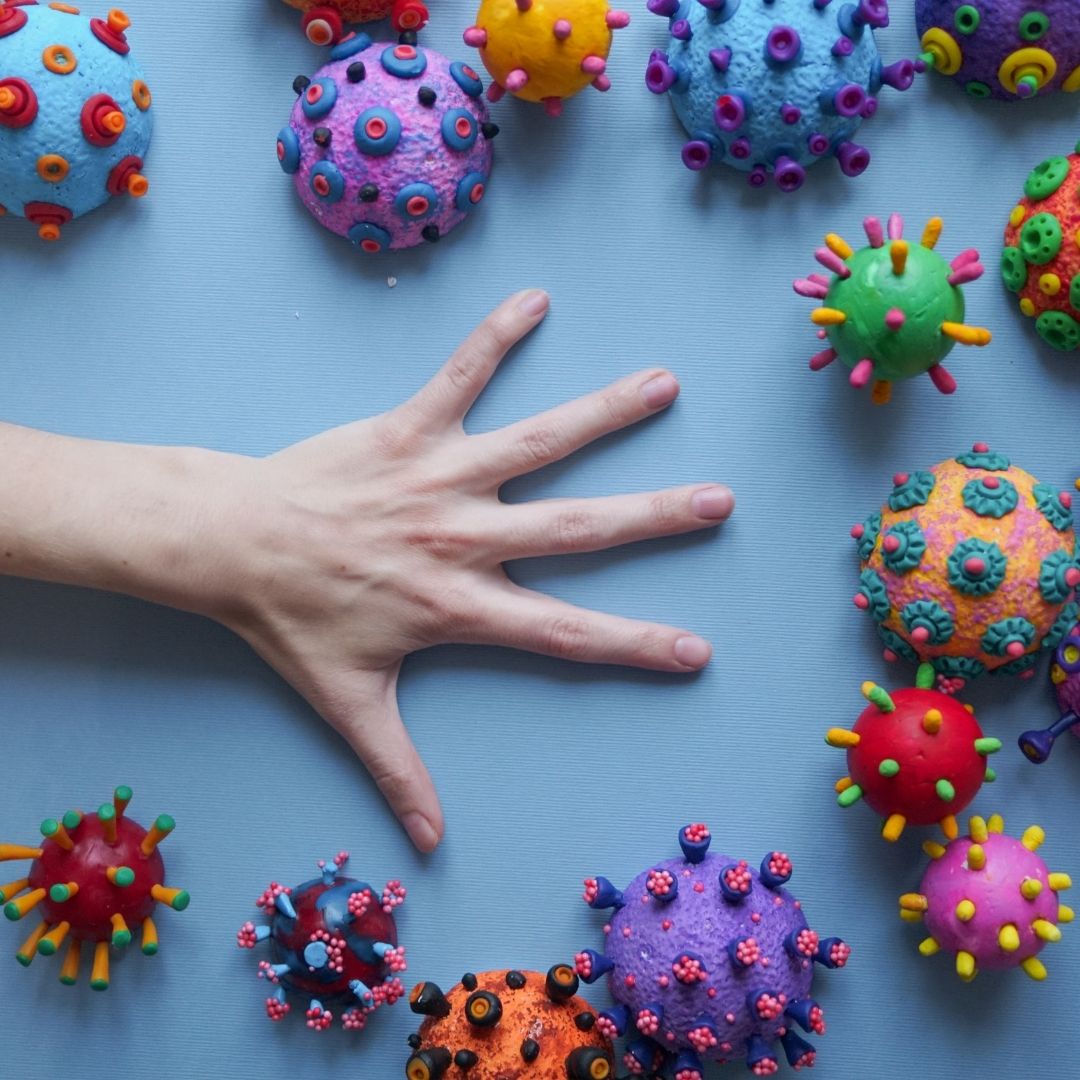
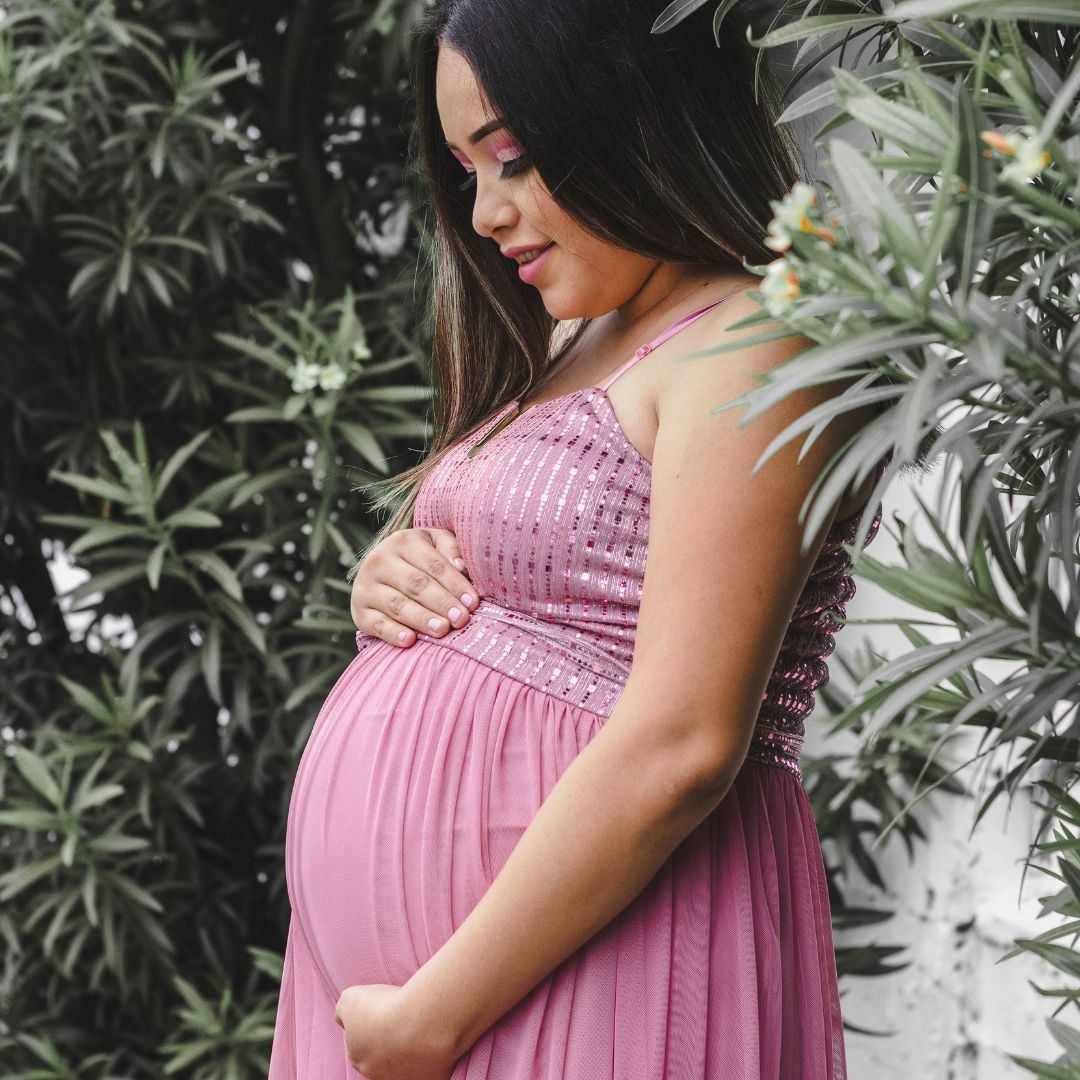
Infected mothers and newborns
Obstetricians and pediatricians have long awaited some real data to understand whether COVID-19 is transmitted during pregnancy, birth or in the immediate postnatal period. SARS-CoV-2, the virus that causes COVID-19, might be transmitted to the fetus in utero via the placenta or during birth from vaginal discharge. Respiratory secretions and saliva both are also issues of concern for the possible transmission of the virus from an infected mother to her infant.
While we do not currently have enough data to make definitive statements, there is some encouraging news. Data from the Centers for Disease Control and Prevention’s laboratory testing for SARS-CoV-2 among infants born to women with COVID-19, indicates that fewer than 3.6% of newborns have positive tests. The data was from 20 different jurisdictions, collected from March 29, 2020, through Jan. 8, 2021. One study of 1,471 mother and newborn pairs showed that significant amounts of antibodies against the virus were transmitted across the placenta, a very positive sign since maternally-derived antibodies are a key element of neonatal immunity.
We also know from a recent Italian study with COVID-19-positive breastfeeding mothers whose babies stayed with them in the hospital, only one infant was diagnosed with the infection out of 62, and that mother/baby pair had been separated because the mother had needed intensive care. It appears that good handwashing, wearing a face mask during breastfeeding or when providing care to the baby, and otherwise physically distancing from the infant were enough to keep the baby from getting the virus. The babies were followed for three weeks, and none became positive. The mothers did not wear gloves, gowns or goggles. The downside is that no paternal visits were allowed during the hospital stay. The CDC continues to update its guidance for pregnancy, breastfeeding and caring for newborns.
Another question that often arises, in view of the above data, is whether or not to get a CoVid19 vaccine if pregnant. This review article recently published by National Geographic could guide you in this decision.
Children hospitalized with COVID-19
One study examined 301,102 COVID-19 hospitalizations and 5,364 pediatric COVID-19 hospitalizations in 22 states during a six-month period. Although the number of children hospitalized varied greatly by state, the numbers remain quite low compared to overall adult hospitalizations. While more than two and half million cases of COVID-19 have been reported in the U.S. among children, there have been 205 deaths.
Currently the Pfizer vaccine can be given to people ages 16 years and older, while the Moderna vaccine is for use in those 18 and older. Both companies started clinical trials towards the end of 2020 to evaluate safety and efficacy in those 12 and older. Once those results are available, probably this spring, then trials will begin in children aged 5 through 11. This translates to the unfortunate reality that a childhood vaccine is not likely to be approved before the end of this year or early next year.
Close attention is being paid to the most dominant new variants, particularly from Great Britain, South Africa, Nigeria and Brazil. There are two types of mutations being monitored: those that increase virus transmissibility, and those known as “escape mutations” that allow the virus to evade antibodies from therapeutics, vaccines or prior infection. So far, the South African variant seems to have the potential for somewhat decreasing vaccine effectiveness.
The good news is that there is very promising data from about 20,000 people infected with the new variant in Britain — including nearly 3,000 children under age 10 — that indicates that young children were about half as likely as adults to transmit the variant to others — similar to what we have already been experiencing with the original strains.
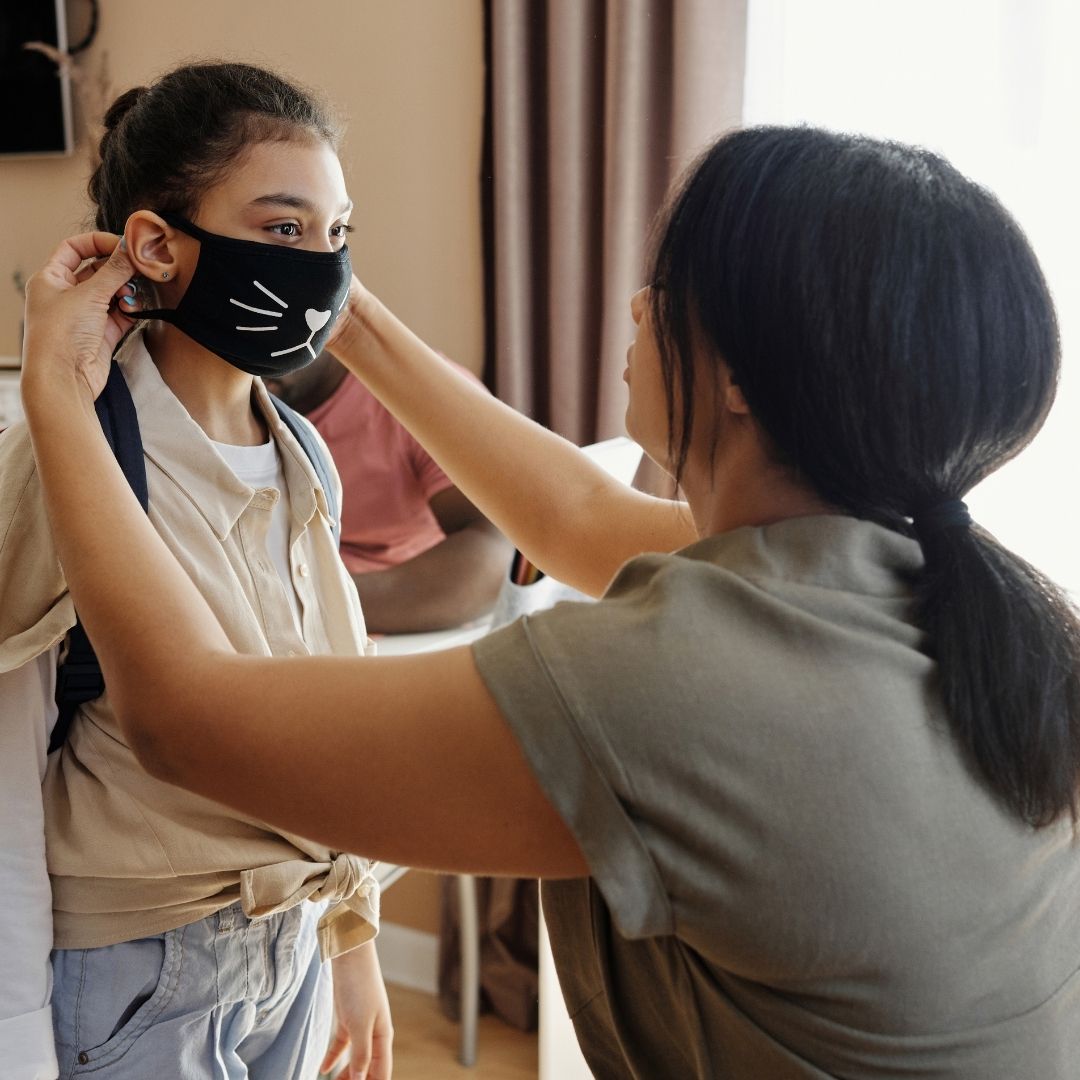

School Openings
Parents teachers, school administrations and public health officials have been grappling with the most skillful way forward after the majority of schools across America had some form of school closures in the spring and fall. Increasing evidence of both the academic and mental health toll of home schooling, especially in poorer communities, has increased the pressure for clear guidelines. The CDC is now urging a quick return nationwide to regular classroom instruction.
A recent study published in the Journal of the American Medical Association (JAMA) at the end of January was the main impetus. The research concluded that the type of rapid spread that was frequently observed in congregate living facilities (long-term care, prisons) or high-density worksites (such as meat and poultry processing plants) has not been reported in education settings in schools. In 11 North Carolina districts serving more than 90,000 students, only 32 school-acquired infections were identified. There were 773 students and staff infected, but those were determined to be due to outside school transmission. Additional data from Wisconsin showed that mask wearing and social distancing kept COVID-19 incidence extremely low in 17 rural schools.
Besides ongoing work to reduce community transmission, including significant vaccine distribution, guidelines suggest limiting school-related activities such as indoor sports practice or competitions that have high potential to increase transmission risk. Success was also linked to each school embracing basic safety precautions, including universal face masks, physical distancing, better ventilation and expanded screening. Hybrid attendance is also encouraged when needed to avoid crowding. And all staff and students should continue to have options for online education, particularly those at increased risk of severe illness or death if infected with COVID-19.
What to do if someone you know is infected
While most infections are asymptomatic, the number of people at high risk for severe disease is significant. If you have any underlying conditions, be sure to be in contact with your health care provider if you test positive. Most people will develop symptoms within five days of exposure and will feel sickest between days seven and 10 after onset. This video is a wonderful and not too technical overview of what one might do to help the body fight this infection.
If all of this still has you wanting to pull your hair out, an elementary teacher has created The Just Scream Hotline at (561) 567-8431: no human will answer, just wait for the beep, scream and then hang up. Your phone number is not stored, and 150,000 have been recorded so far.

